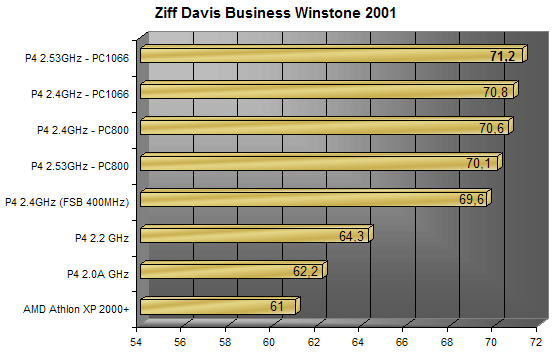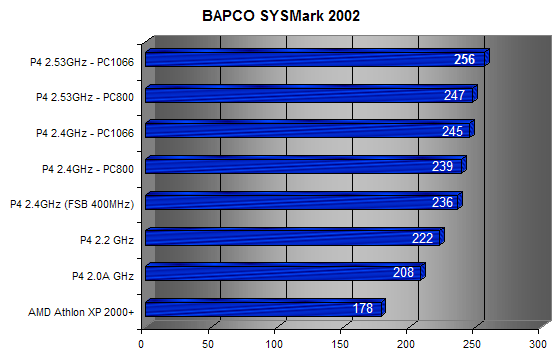
 |

|
| ActiveWin: Reviews | Active Network | New Reviews | Old Reviews | Interviews |Mailing List | Forums |
|
|
|
|
|
DirectX |
|
ActiveMac |
|
Downloads |
|
Forums |
|
Interviews |
|
News |
|
MS Games & Hardware |
|
Reviews |
|
Support Center |
|
Windows 2000 |
|
Windows Me |
|
Windows Server 2003 |
|
Windows Vista |
|
Windows XP |
|
|
|
|
|
|
|
News Centers |
|
Windows/Microsoft |
|
DVD |
|
Apple/Mac |
|
Xbox |
|
News Search |
|
|
|
|
|
|
|
ActiveXBox |
|
Xbox News |
|
Box Shots |
|
Inside The Xbox |
|
Released Titles |
|
Announced Titles |
|
Screenshots/Videos |
|
History Of The Xbox |
|
Links |
|
Forum |
|
FAQ |
|
|
|
|
|
|
|
Windows XP |
|
Introduction |
|
System Requirements |
|
Home Features |
|
Pro Features |
|
Upgrade Checklists |
|
History |
|
FAQ |
|
Links |
|
TopTechTips |
|
|
|
|
|
|
|
FAQ's |
|
Windows Vista |
|
Windows 98/98 SE |
|
Windows 2000 |
|
Windows Me |
|
Windows Server 2002 |
|
Windows "Whistler" XP |
|
Windows CE |
|
Internet Explorer 6 |
|
Internet Explorer 5 |
|
Xbox |
|
Xbox 360 |
|
DirectX |
|
DVD's |
|
|
|
|
|
|
|
TopTechTips |
|
Registry Tips |
|
Windows 95/98 |
|
Windows 2000 |
|
Internet Explorer 5 |
|
Program Tips |
|
Easter Eggs |
|
Hardware |
|
DVD |
|
|
|
|
|
|
|
ActiveDVD |
|
DVD News |
|
DVD Forum |
|
Glossary |
|
Tips |
|
Articles |
|
Reviews |
|
News Archive |
|
Links |
|
Drivers |
|
|
|
|
|
|
|
Latest Reviews |
|
Xbox/Games |
|
Fallout 3 |
|
|
|
Applications |
|
Windows Server 2008 R2 |
|
Windows 7 |
|
|
|
Hardware |
|
iPod Touch 32GB |
|
|
|
|
|
|
|
Latest Interviews |
|
Steve Ballmer |
|
Jim Allchin |
|
|
|
|
|
|
|
Site News/Info |
|
About This Site |
|
Affiliates |
|
Contact Us |
|
Default Home Page |
|
Link To Us |
|
Links |
|
News Archive |
|
Site Search |
|
Awards |
|
|
|
|
|
|
|
Credits |

|
Product: Pentium 4 2.53GHz & Intel D850EMV2
Motherboard |
Applications Benchmarks
| Table Of Contents |
| 1:
Introduction 2: CPU Architecture 3: SSE2 Instructions & P4 2.53GHz CPU Design 4: Intel i82850e Chipset 5: Intel D850EMV2 Motherboard 6: Intel D850EMV2 Advanced Features 7: Synthetic Benchmarks 8: Games Benchmarks 9: Applications Benchmarks 10: Benchmarks analysis 11: Conclusion |

| Table Of Contents |
| 1:
Introduction 2: CPU Architecture 3: SSE2 Instructions & P4 2.4GHz CPU Design 4: Synthetic Benchmarks 5: Games Benchmarks 6: Applications Benchmarks 7: Benchmarks analysis 8: Conclusion |
|
||
|
||
|
SYSMark 2002 remains an essential and very
good benchmarking tool that is definitely not biased. SYSmark 2002 is
meant for the serious benchmarking professional. It includes a robust
set of 14 application benchmarks covering a wide range of Internet
Content Creation and Office Productivity application categories. The
applications emulate usage patterns of today's desktop business user
that includes concurrent execution of applications. We have tested Intel
and AMD platforms with SYSMark 2002 and the results speak for
themselves.
The Pentium 4 2.53GHz is the boss under SYSMark 2002: it's 7% faster than the Pentium 4 2.4GHz FSB400 and 13% faster than the Pentium 4 2.0a GHz. According to SYSMark 2002, a Pentium 4 2.53GHz using PC1066 memory is 4% faster than if it was using PC800. At the sixth and last place, the Athlon XP is penalized under SYSmark 2002 by its poor multimedia performances crippled down by the DDR memory. The Pentium 4 2.53GHz outperforms the Athlon XP 2000+ by 45%. |


